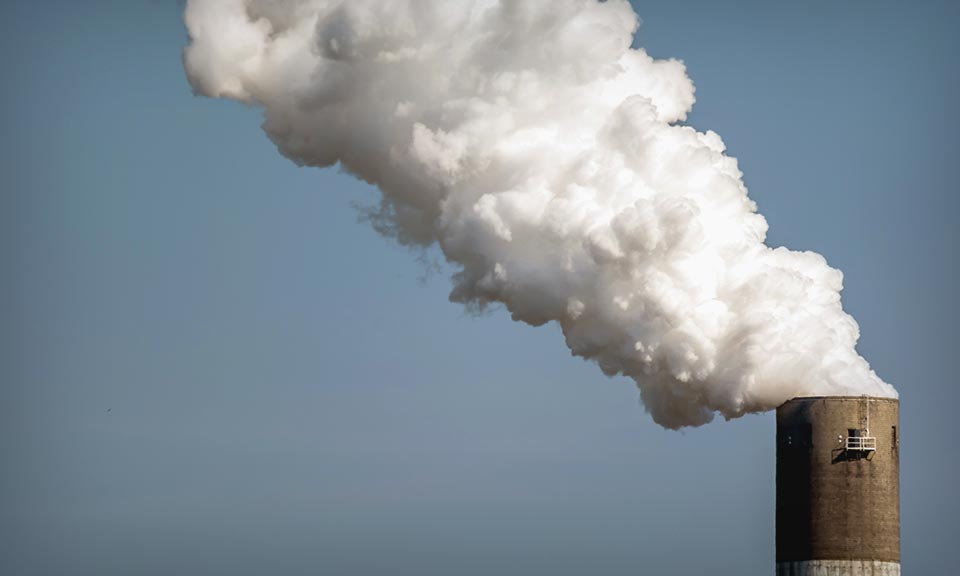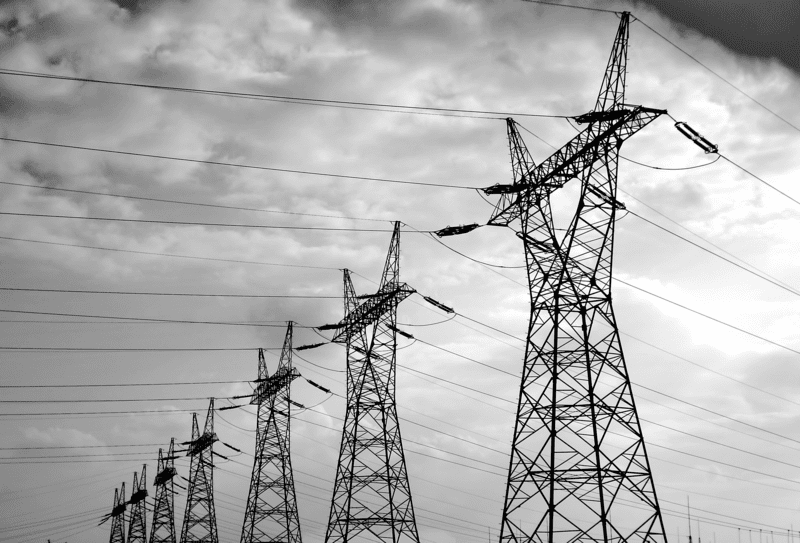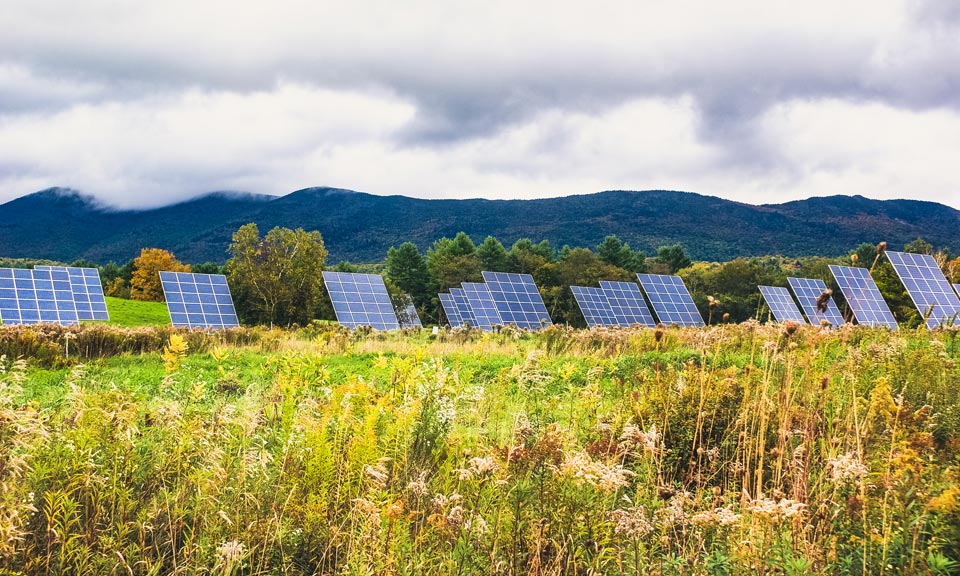INTERVIEW: Voluntary carbon market trade volume may grow on year in 2022 despite headwinds, says CBL

The global voluntary carbon market could end up maintaining growth through 2022 despite a decrease in trading volumes in the second quarter due to the Russia-Ukraine conflict and high energy prices, Rene Velasquez, Head of Global Carbon Markets with carbon exchange CBL, said in a recent interview.
"Considering the significant headwinds because of the war and broader macroeconomic complex, if this year ends up in terms of greater liquidity than what we had last year, then even in the face of all of these headwinds, the [carbon] markets stayed buoyant as opposed to retreating," Velasquez said. "And that should be borne out in the data," he added.
CBL, a spot exchange for carbon credits and other environmental commodities, recorded a trade volume of over 120 million mtCO2e of carbon credits on its platform for 2021, and Velasquez said this could touch 130 million mtCO2e for 2022. CBL year-to-date transactions are nearly $750 million, more than $200 million over full-year 2021's total of $550 million.
Post-COP26 euphoric market sentiment had carried into Q1 before giving way to extreme volatility following Russia's' invasion of Ukraine, resulting in a record Q1 trade volume of 47 million mtCO2e on CBL's platform, equating to about a third of the full year total in 2021, Velasquez said.
However, Q2 was a completely different story as market participants moved away from carbon to oil and gas products vital to energy security, he said. "We saw a decrease in pricing and a decrease in volume; Q2 volume was about 20 million mtCO2e, halving the transactional volume in Q1," he said.
Despite the significant decrease in prices and volume in Q2, the market saw signs of recovery with 27.7 million mt traded in Q3, and the rebound is expected to continue in Q4, he said.
"We saw pretty steep recovery in Q3 and we're expecting Q4 to continue that recovery," Velasquez added.
CBL is a subsidiary of Xpansiv, whose Environmental Management Account (EMA), a multi-registry portfolio management system that consolidates data from various physical registries, saw more than 1 billion credit transfers in 2021, including exchange-based and OTC trades, Velasquez said.
CBL's 2021 traded volume of 120 million mtCO2e accounted for more than 95% of globally exchange traded spot carbon credits, making it the single largest exchange for carbon credits.
Velasquez expects the share of exchange-traded voluntary carbon credits to grow to 40% from the current 25% share because of lower counterparty risks as exchanges have rigorous procedures for screening market participants, full transparency, same-day settlement and other features that large companies and financial institutions often prefer.
As the carbon market evolves, he said another key factor supporting the development of exchanges is the speed at which transactions can be conducted, without having to conduct multiple negotiations on volumes and prices.
The third factor was efficient price discovery. Velasquez said that when prices were negotiated on OTC trades historically, prices were scattered all across the chart, but when benchmark contracts and price assessments by price reporting agencies were introduced, there was a clear correlation.
"You then start to see [pricing] basis start to emerge; things trade at a premium or discount. So, there is market correlation and discernability where the price becomes a lot more reflective as the market develops," he said.
Velasquez also said the impact of speculative capital on the carbon market has been overhyped, and while trade growth in 2021 was driven by large energy companies, trading houses and financial intermediaries, it was done to fill customer orders and acquire inventory for companies setting up new carbon trading desks.
"I don't think it's rampant speculation like you see in crypto assets. The speculation wasn't speculation per se. They were essentially getting positions in the market," he said
"There was a significant increase in the actual retirements, and the retirements were only done by the end corporates. The financial intermediaries were not just building their book, but they were also servicing their client base [with net zero commitments and offering carbon neutrality products]," he added.
Velasquez said the voluntary and compliance carbon markets were two roads at very different development stages that would eventually intersect into some form of public-private market model, but until then the sovereign market will have to sort out the significant challenges of setting up a new market mechanism.
"One of these roads is just being built. That's the sovereign market," he said. "It has taken six years to get agreement on the Article 6 rulebook. I think it'll take another five to six years on the implementation side," he said, noting bureaucratic decision-making procedures, and the complicated infrastructures needed.
Velasquez said exchanges such as CBL and voluntary market registries were already preparing for the implementation of corresponding adjustments or CAs, which will allow countries to buy and sell carbon credits without double counting under the Article 6 rulebook.
This is being done by data sharing between national systems and the registry ecosystems and data hubs, like the Climate Warehouse, initiated by the World Bank and to be hosted in Singapore, will play an important role in connecting global registries in future.
News
Moment of truth looms for European green hydrogen investments Energy transition highlights: Our editors and analysts bring you the biggest stories from the industry this week, from renewables to storage to carbon prices. Time is running out to get on track with Europe's ambitious 2030 hydrogen production targets as developers due to take final investment decisions battle macroeconomic headwinds, industry representatives said at the Reuters Hydrogen conference in Amsterdam. Recent years have seen a multitude of project announcements, pre-front end engineering design studies, FEED studies and preliminary investments, though FIDs have been scarce. “There are some board rooms that are getting a little bit impatient by now,” Rabobank Executive Director Hyung-ja de Zeeuw said April 9. “If you think that we’ve only got six years left until 2030, I guess 2024 is going to be a key year for clean hydrogen projects here in Europe.” Around 4% of announced clean hydrogen projects in Europe have taken FIDs, according to Hydrogen Council Director Policy and Partnerships Daria Nochevnik. Price of the week: Eur4.50/kg The price ceiling for the first pilot auction under the European Hydrogen Bank mechanism. Results will be announced April 30, with the fund expected to clear well below the cap. Editor’s pick: Premium and free content SPGlobal.com Biden's carbon capture plans inch closer to reality amid uptick in well permits The Biden administration's ambition to capture carbon dioxide on a large scale and inject it back into the ground may have seemed daunting one year ago with only two CO2 storage facilities in the US. But a boost in federal spending on the technology in 2021 and 2022 may finally be bearing fruit after a sudden uptick in permits, according to industry watchers. Australia to unveil new plan for clean energy, green manufacturing: PM Australia will unveil a new plan in 2024 to support clean energy and green manufacturing projects to compete better against other nations’ subsidy schemes such as the US’ Inflation Reduction Act to draw investments in clean fuels, Prime Minister Anthony Albanese said, in what is being seeing as a pointer to big new fund allocations coming up. Escalating geopolitical tensions may give carbon market a key role to play: GenZero Carbon markets will be most critical in a scenario where global climate action is fragmented and geopolitical tensions are at their highest, as opposed to a scenario of full climate cooperation where carbon markets are least needed, Singapore’s state-owned decarbonization investment platform GenZero said. Platts Connect European Hydrogen Bank pilot auction to clear well below Eur4.50/kg price ceiling The first pilot auction for green hydrogen production under the EU’s European Hydrogen Bank facility will clear comfortably below the price ceiling of Eur4.50/kg ($4.89/kg), Innovation Fund policy officer Johanna Schiele said April 10. The results of the first Eur800 million auction will be released on April 30, Schiele said. Hydrogen market developing in New York; regulatory, power market challenges remain Using hydrogen to generate power in New York does not currently add up economically, but there is reason for optimism as the technology to do so will likely be needed in some capacity to help meet state decarbonization goals, experts said. China’s CEIC starts construction of 100,000 mt/year capacity green ammonia project China Energy Investment Corporation, one of the country’s largest state-owned energy companies, has started construction of its renewable ammonia project in Cangzhou in the eastern province of Hebei with a planned annual production capacity of 100,000 mt, likely to be completed by Q4 2025.
News
US Solar eclipse expected to significantly reduce solar power output in several markets Energy transition highlights: Our editors and analysts bring together everything you need to know about the industry this week, from renewables to storage to carbon prices. A total solar eclipse will cross North America on April 8, passing over Mexico, the US and Canada, causing significant reductions in solar power plant output with the greatest impacts occurring in the Electric Reliability Council of Texas and PJM Interconnection power markets. An annular eclipse obscures most of the sun except for a halo of sunlight around the edge of the moon’s dark disc, while during a total eclipse the entirety of the sun will be blocked by the moon. In Dallas, the partial eclipse will begin at 12:23 pm CT, with maximum totality occurring at 1:42 pm and the partial eclipse will end at 3:02 pm, according to the National Aeronautics and Space Administration. Maximum totality will reach Cleveland at 3:15 pm ET, Buffalo at 3:20 pm, and Caribou, Maine at 3:33 pm. Solar power production in ERCOT is expected to drop to 3 GW generated during the hour of totality versus the roughly 18 GW that is usually generated during that same time of day on a clear sky day in April, according to Maxar Technologies, an advanced forecasting company that provides data to US power grid operators. As the moon’s shadow moves north through the PJM footprint, solar power output is expected to drop to around 1.6 GW during the hour of totality compared with roughly 7GW on a clear sky day in April, a Maxar spokesperson said in an email. Even under cloudy skies, PJM is preparing for temporary losses of at least 80% to 85% of the production from the approximately 8.2 GW of grid-connected solar or metered solar resources that are part of the PJM solar generation fleet in early April, the grid operator said in a media release. Price of the week: On the Intercontinental Exchange during April 5 trading, ERCOT North Hub day-ahead on-peak rose about $17.50 from its previous settlement to $27/MWh and its corresponding real-time peak contract jumped about $19 to around $29.50/MWh for April 8 delivery. Editor’s pick: Premium and free content SPGlobal.com INTERVIEW: Building a credible carbon market takes time; 'bear with us', says ICVCM A step-by-step approach to informing the market about which project methodologies meet high-quality carbon credit thresholds is considered the best way forward given the high number of methodologies involved, the Integrity Council for the Voluntary Carbon Market said. The ICVCM confirmed that carbon credit programs from American Carbon Registry, Climate Action Reserve and Gold Standard had met its high-quality Core Carbon Principle labels. China kicks off consultation on expanding compliance carbon market to cement sector China has kicked off public consultation on drafting guidelines around emissions accounting and verification for the country's cement sector, laying the foundation for its inclusion in the national compliance carbon market, the Ministry of Ecology and Environment said in a notice late April 3. Thailand's Bangchak, Japan's Sumitomo join forces for green UCO-to-SAF supply chain Thailand-based energy firm Bangchak and Japan's Sumitomo Corp. have signed a cooperative framework agreement for the procurement of used cooking oil and the sale of sustainable aviation fuel, the companies said in an April 3 joint release. Platts Connect Denmark paves way for hydrogen pipeline exporting surplus wind to Germany Denmark is paving the way for state financing for the Jutland hydrogen backbone pipeline to export surplus wind power to Germany, the energy ministry said. Political parties agreed five framework conditions that need to be met for grid operator Energinet to go-ahead with the project including a 1.4-GW or 44% of total capacity booking requirement by private companies. China’s domestic renewable energy certificate trade volume up tenfold in 2023 The annual trading volume of China’s domestic renewable energy certificates, called Green Electricity Certificates, increased almost tenfold to 96 million certificates in 2023, a record high for a year, from 9.69 million certificates in 2022, data from the country’s GEC trading platform showed. Fortescue misses FID date for key renewable hydrogen project under Genex PPA Fortescue Future Industry has missed the deadline for final investment decision (FID) for a key renewable hydrogen/ammonia project in Australia, thus failing to meet a buyer’s condition in a Power Purchase Agreement (PPA) with Genex Power, Genex said April 2.

News
A total solar eclipse will cross North America on April 8, resulting in heavily reduced solar power plant output. It will differ from an annular eclipse in that the sun will be entirely blocked by the moon, rather than partially blocked with a visible halo of sunlight. Power markets in Texas and the Mid-Atlantic region are expected to see the biggest impact in solar-powered generation. Related feature: US solar eclipse expected to significantly reduce solar power output in several markets (subscriber content) Click here for the full-size infographic

News
With rapid penetration of solar photovoltaic, wind and battery energy storage, power systems are shifting away from conventional synchronous generators towards power electronics, i.e., inverters, which may lead to risks of grid instability. Grid-forming inverter technology has been developed to support grid operation by providing similar capabilities as synchronous generators. Related report: Grid-forming technology report, 2024 (subscriber content) See the full size infographic here